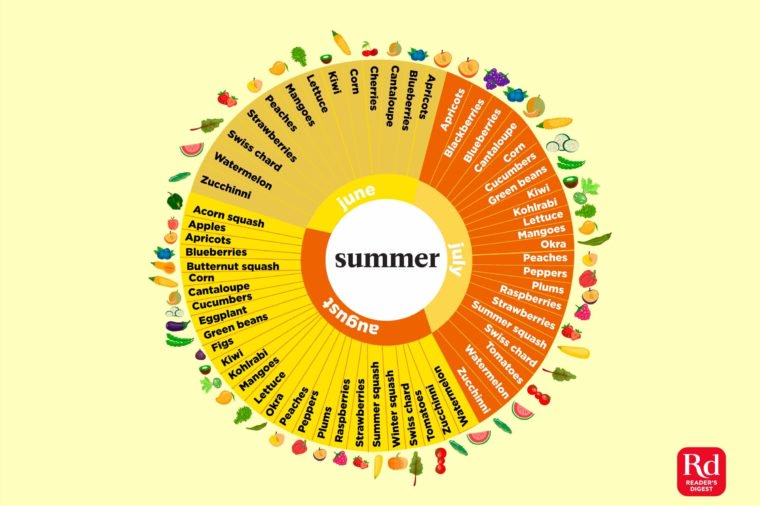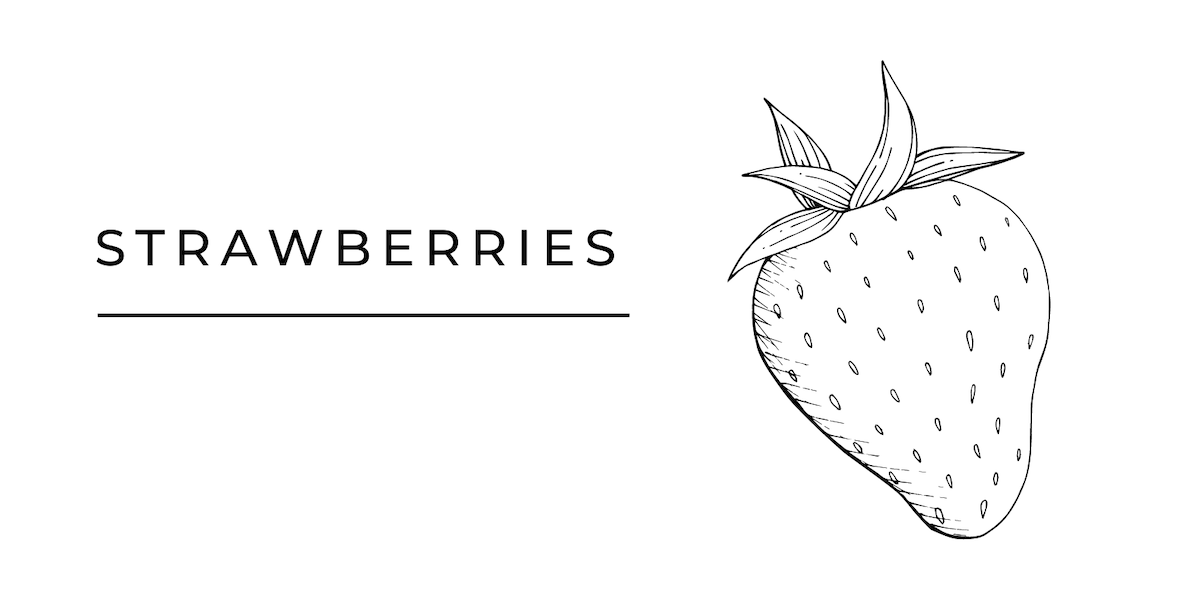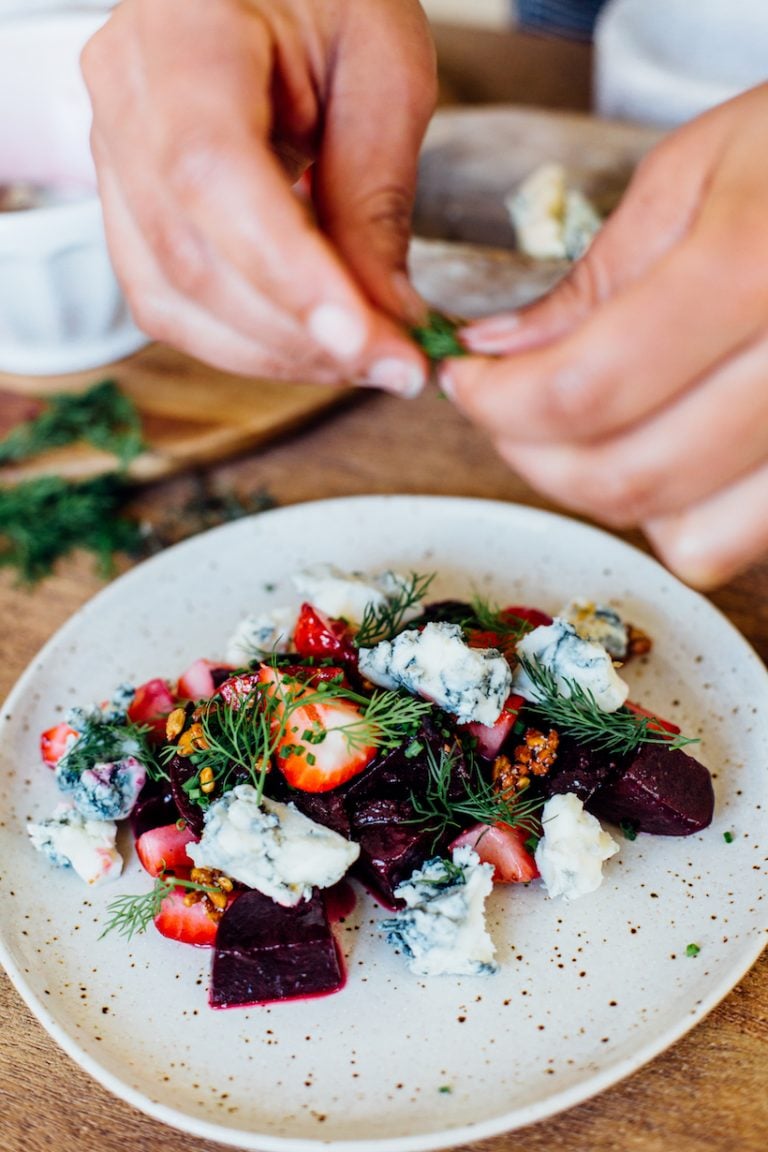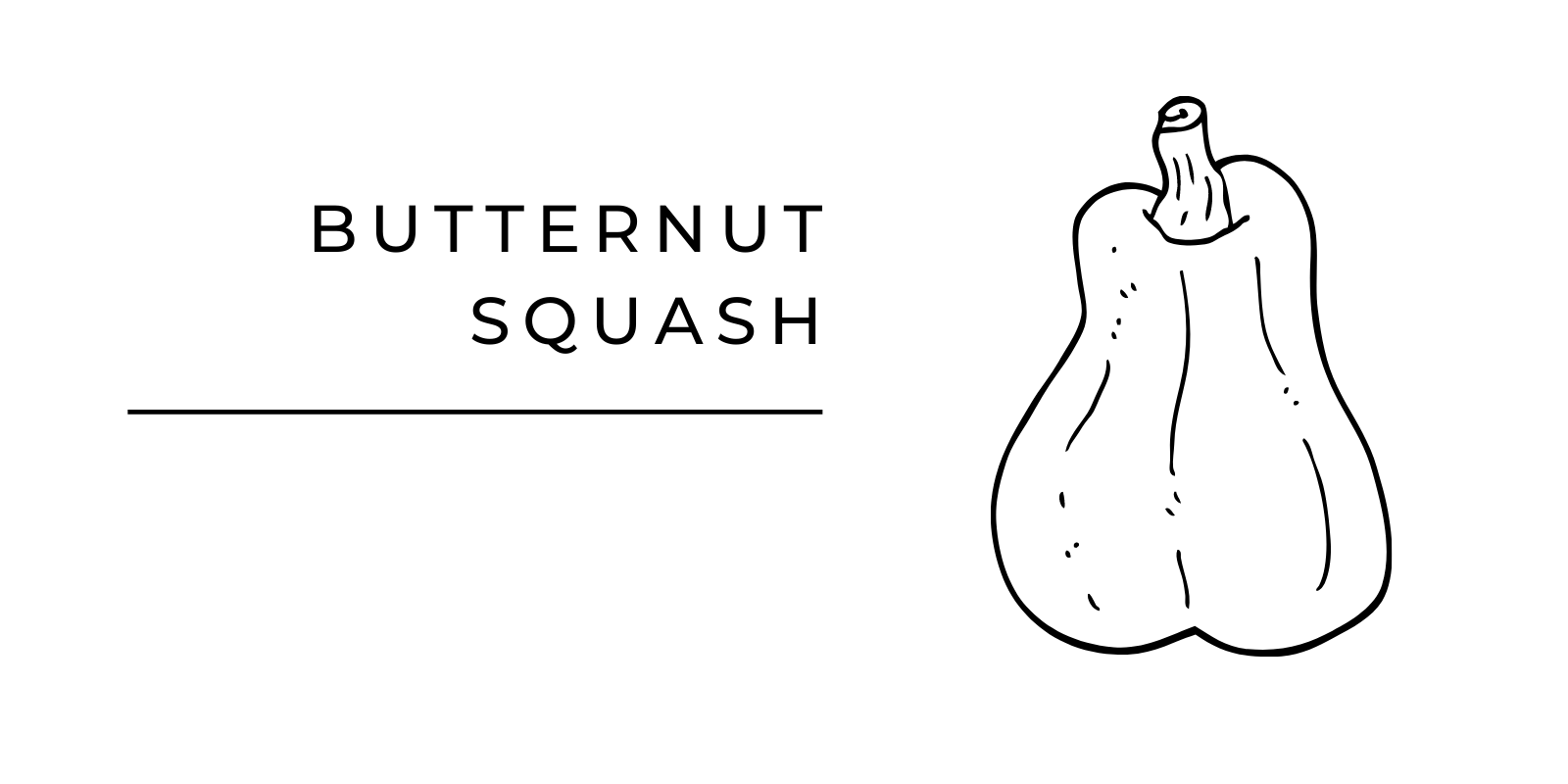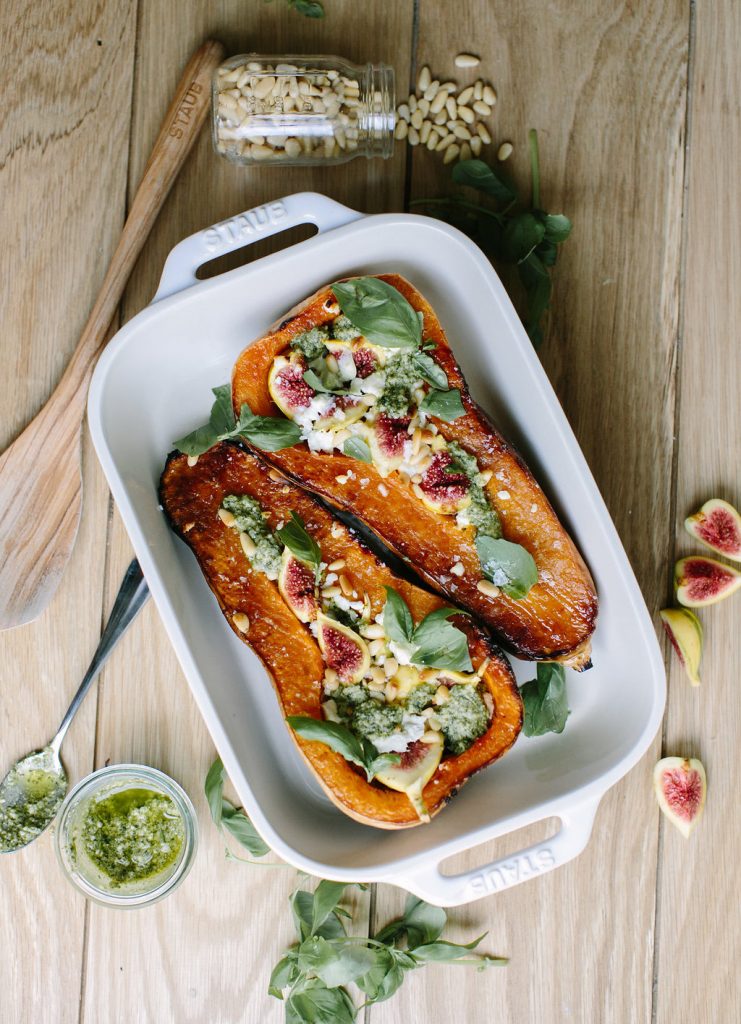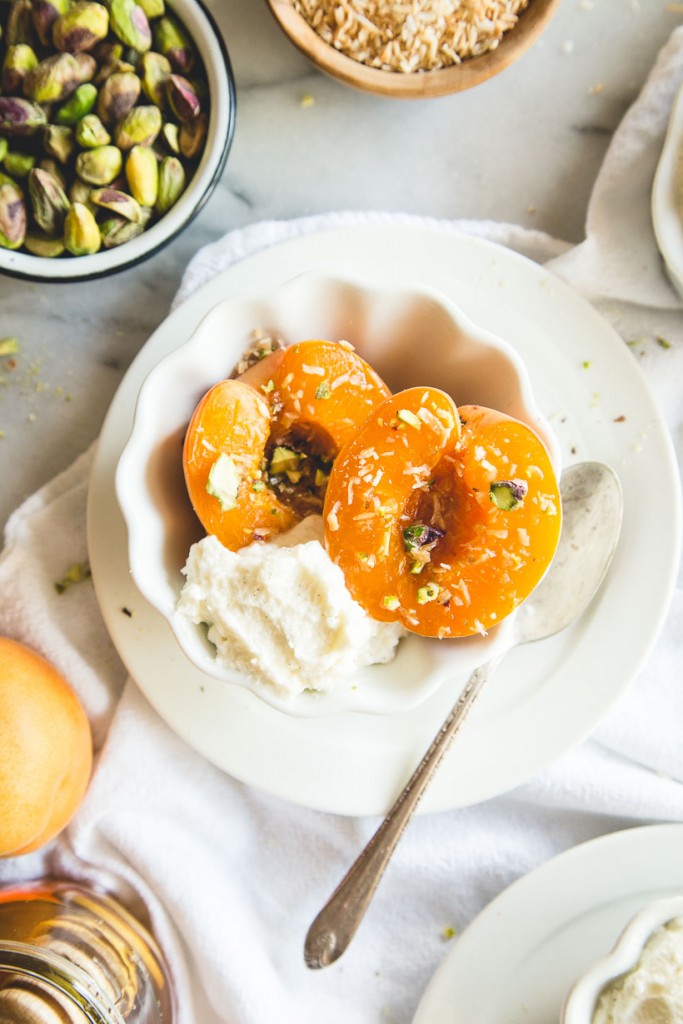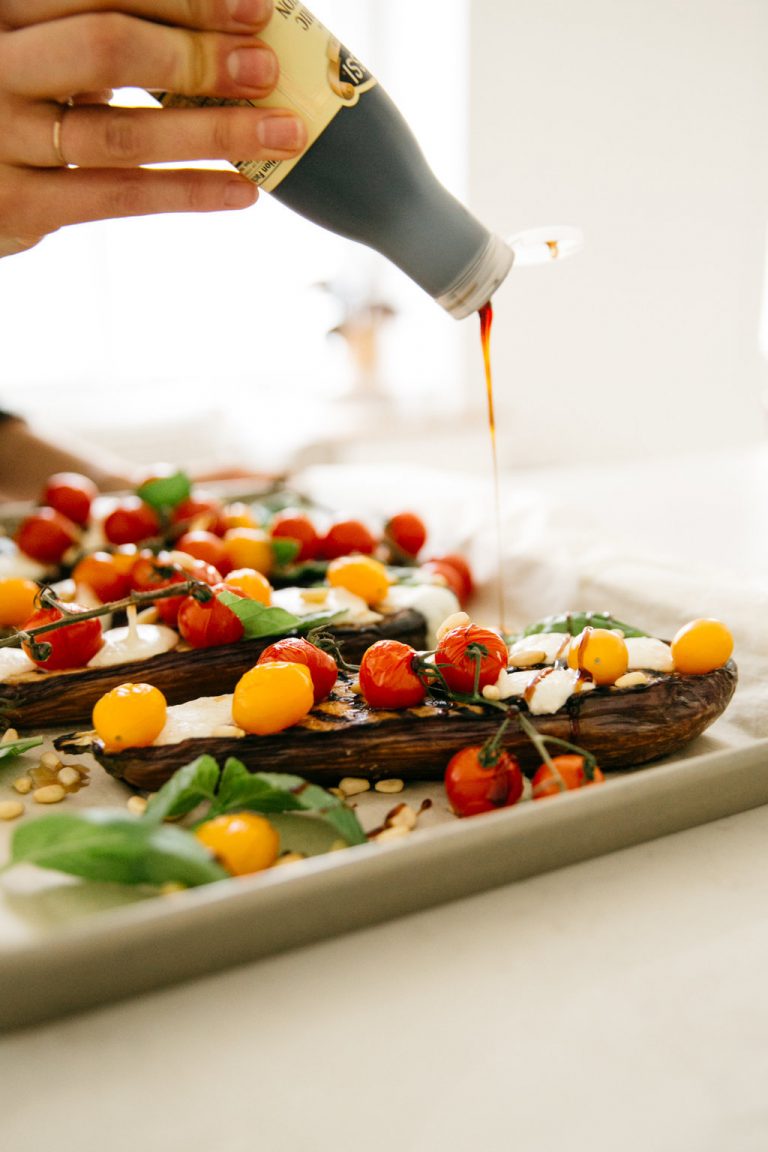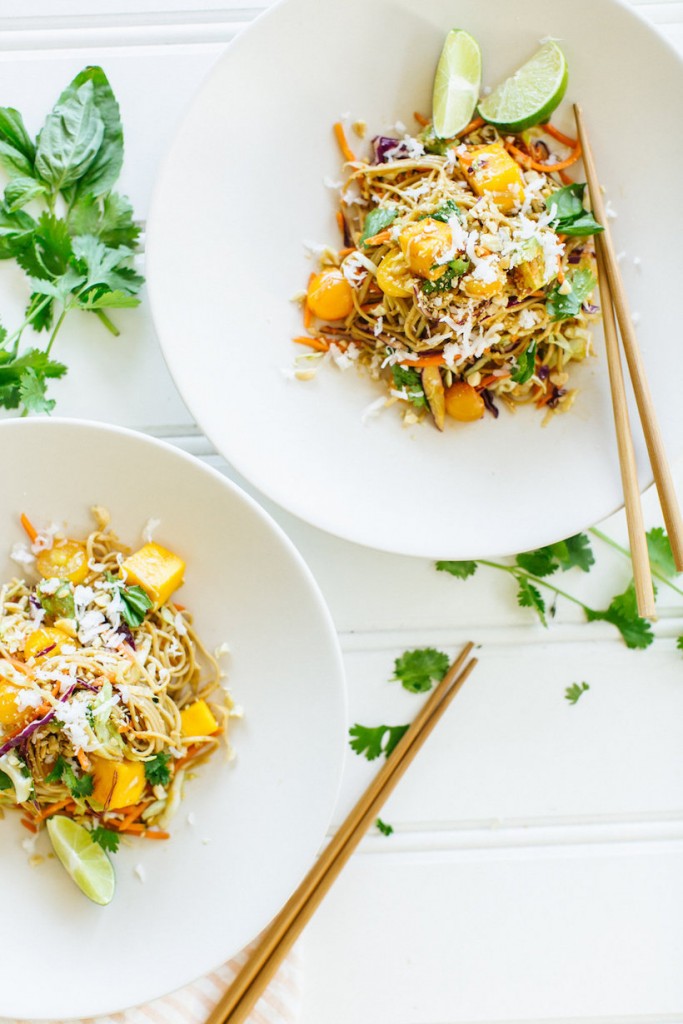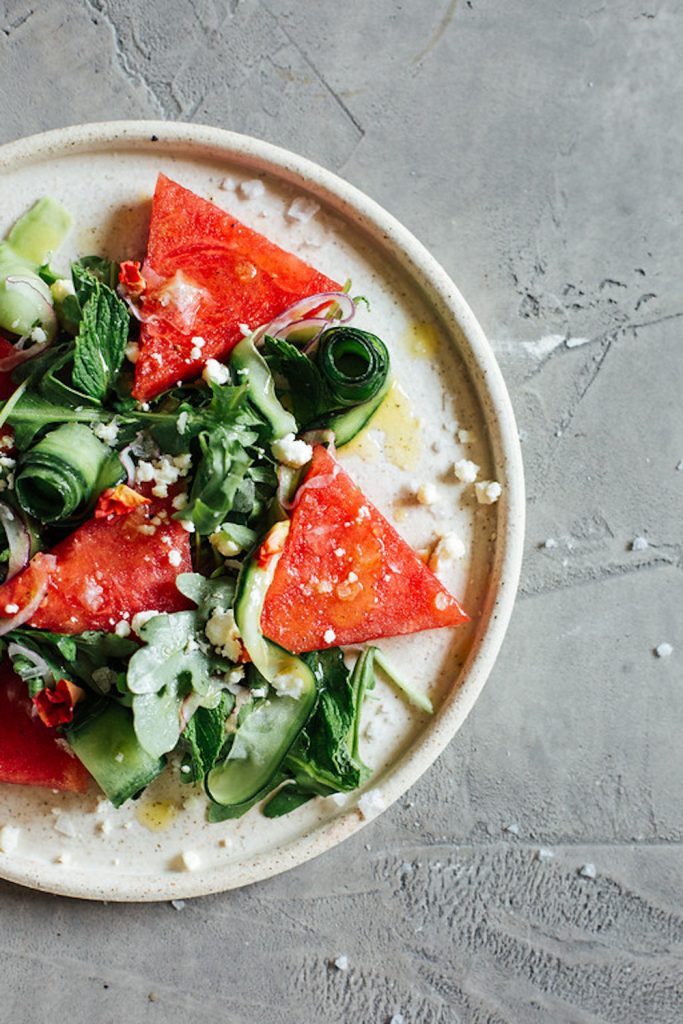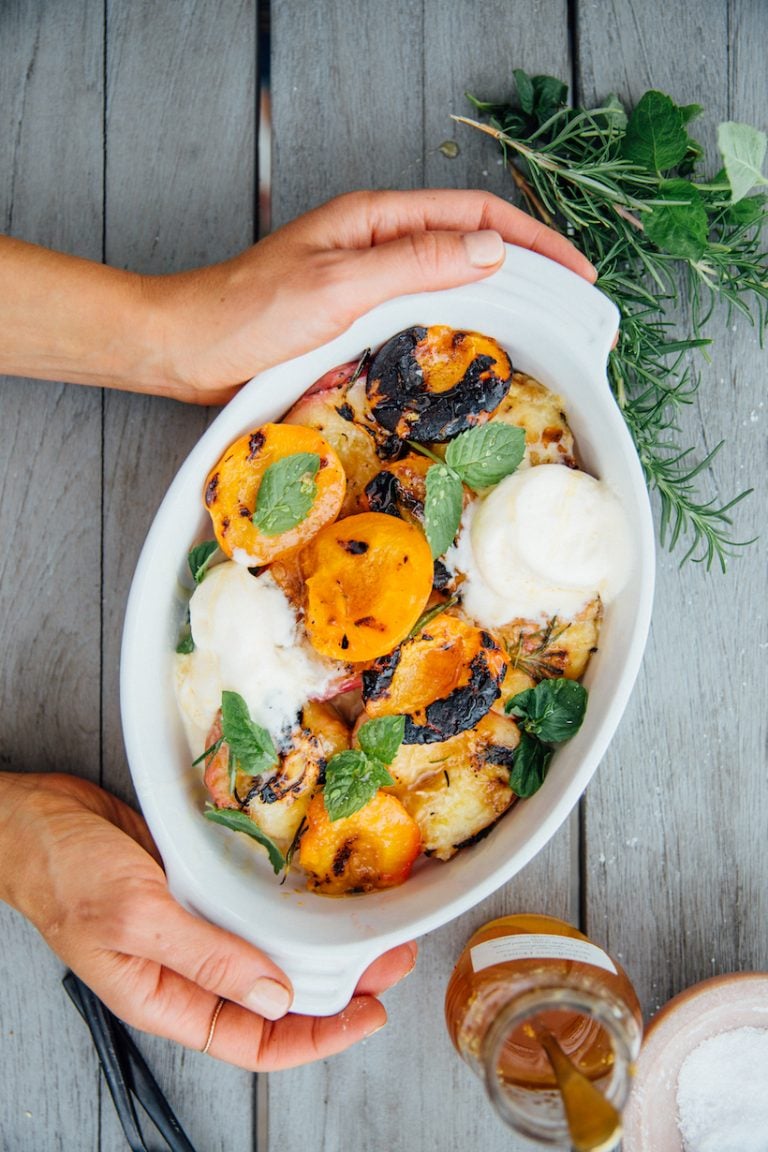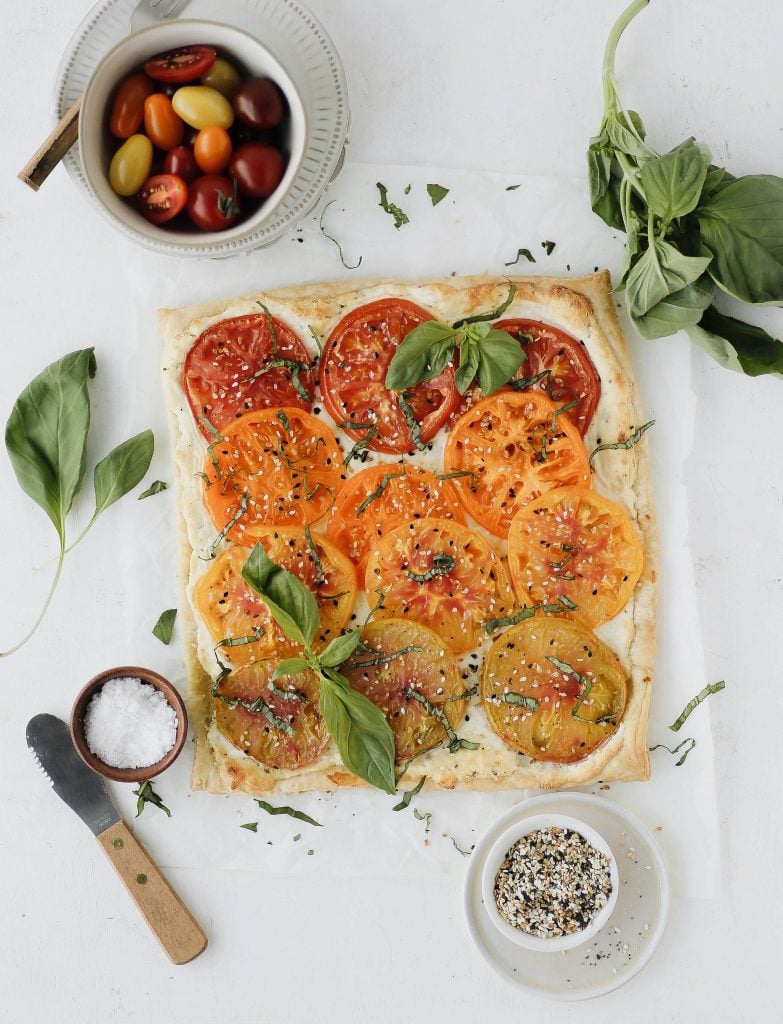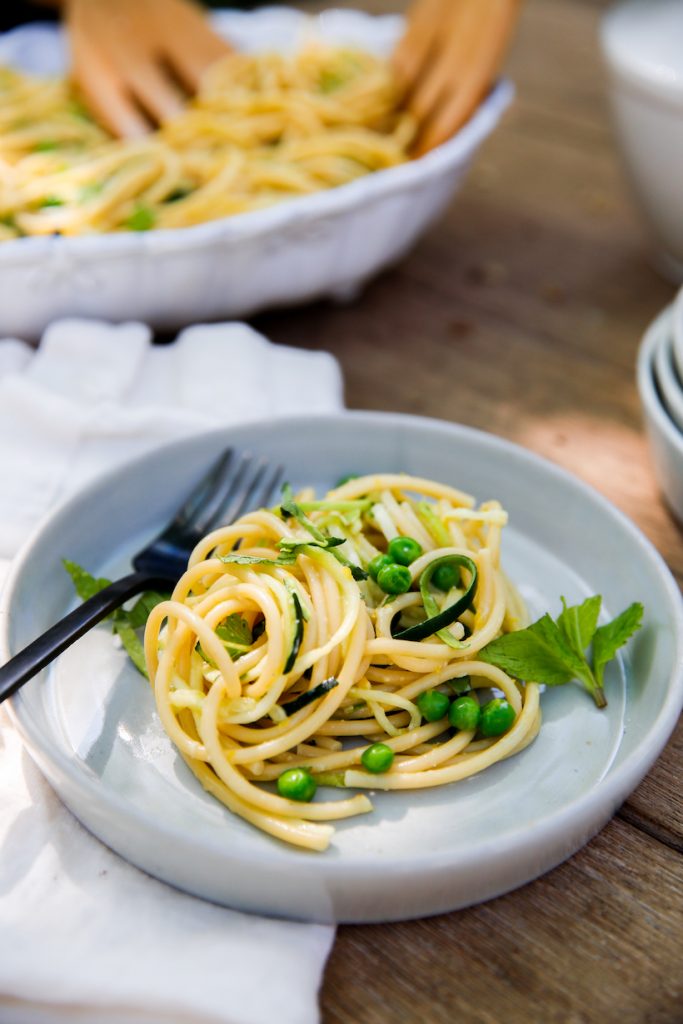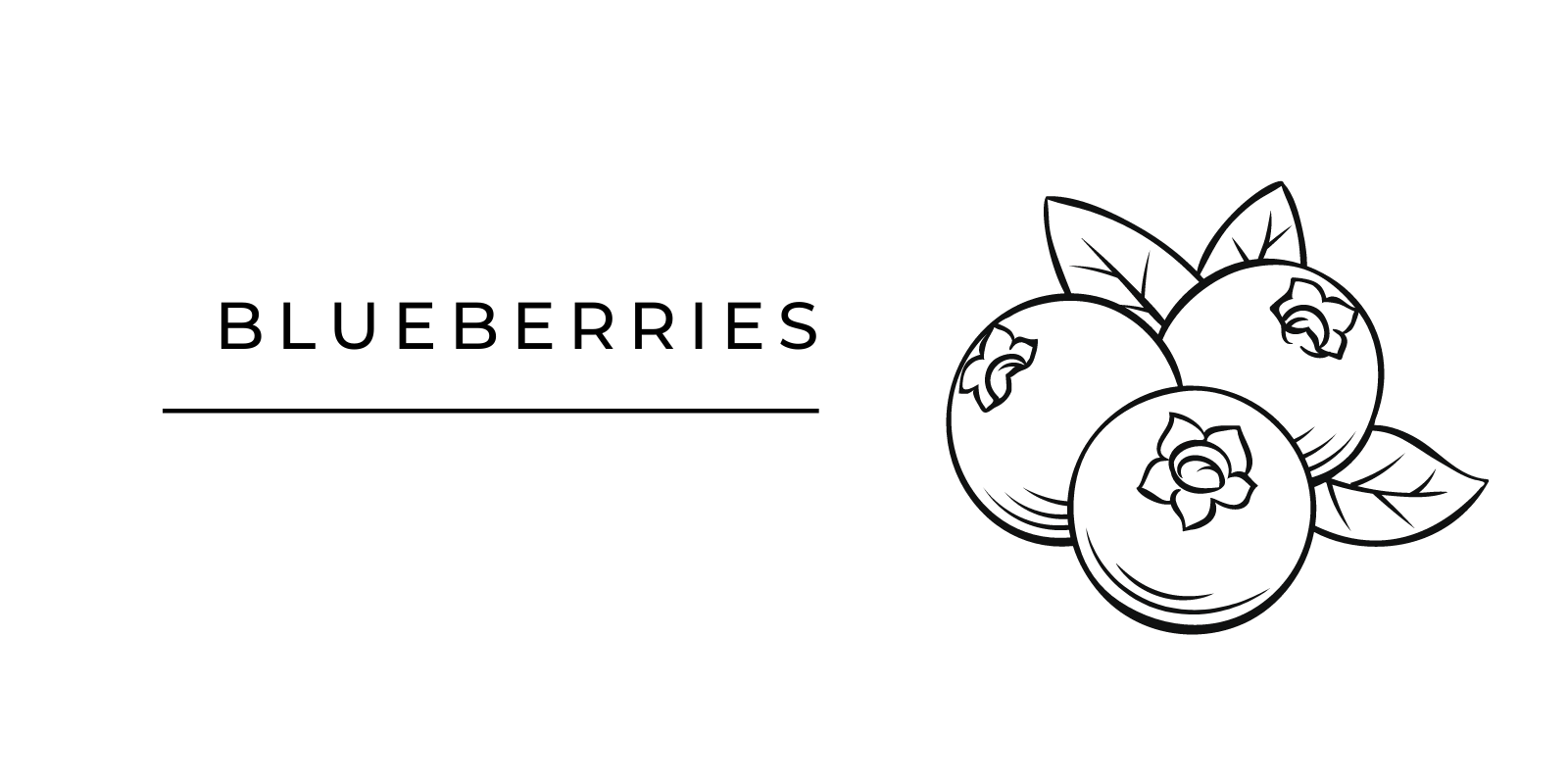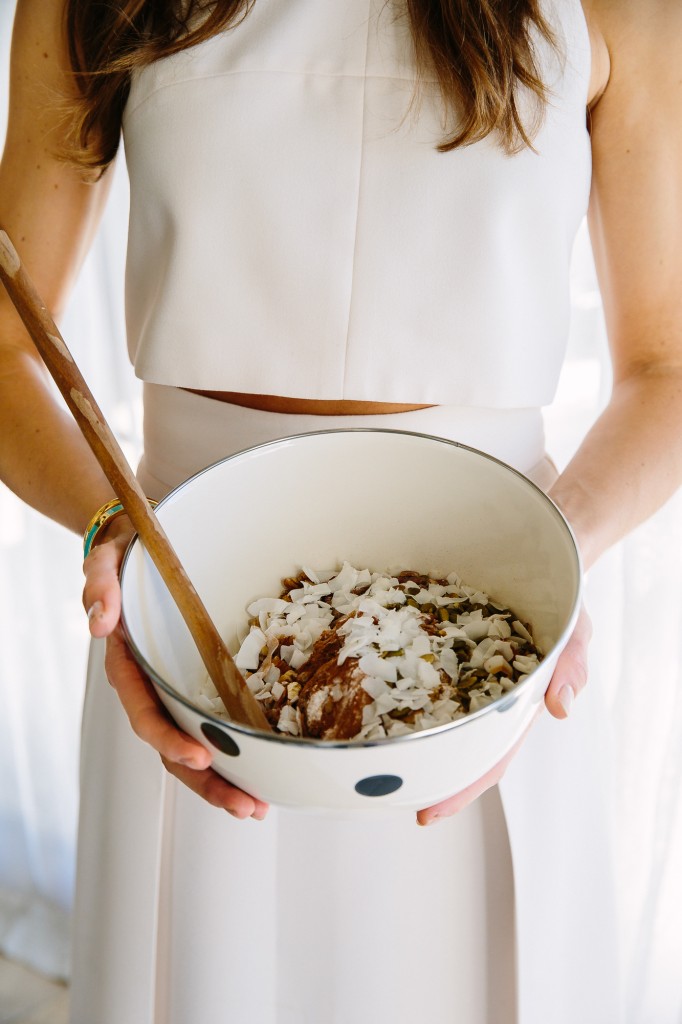As I write this, I’m savoring every last bite of a perfectly juicy watermelon that I combined with mint and feta for perhaps the simplest salad ever. This time of year in Texas, melons are out of this world, so it feels like a fitting way to set the scene for an article about eating with the seasons. I find that heading to the market knowing exactly what is in season in August makes for the perfect shopping experience.
In the past, I never understood the point of obsessing over seasonal produce. Let’s be honest: given the global reach of most grocery stores, you can find almost any common fruit or vegetable at any time of the year these days. Squash, tomatoes, berries, citrus, and asparagus… the list goes on. And, if what you’re searching for isn’t in the produce section, chances are you can find a high-quality frozen option.
But, as it turns out, there are actual health benefits to eating seasonally, not to mention it also tastes better at its designated time of year. Now that I know what fruit is in season in August, not only am I enjoying perfectly delicious locally-grown ingredients, but I get such a kick out of going to my local farmers market and picking out the freshest seasonal produce.

Benefits of Eating In-Season Produce
So why should you put forth the extra effort to eat seasonally? Well, there are a few reasons. But let’s start with the most straightforward one: produce tastes better when it’s in season. It’s as simple as that.
If you want incredibly flavorful food, you should start with produce that’s in season and not kept frozen as it travels across continents or hemispheres.
But there are a couple of other good reasons to focus on seasonally appropriate produce. When fruits and vegetables are in season, they’re able to fully ripen and develop in the sun without any unnatural assistance. That means more flavor and higher quality. And finally, it’s important to eat produce harvested in its prime because it retains more of its inherent nutritive value.
A Really Helpful Chart
Right now, we’re in the final month of summer. There are still a good number of typical summer foods in season, but we can also expect to see some foods typically associated with fall on the shelves.
What fruits and vegetables are in season in August?
- Acorn squash
- apples
- apricots
- blueberries
- butternut squash
- cantaloupe
- corn
- cucumbers
- eggplant
- figs
- green beans
- kiwi
- kohlrabi
- lettuce
- mangoes
- okra
- peaches
- peppers
- plums
- raspberries
- strawberries
- summers squash
- swiss chard
- tomatoes
- watermelon
- winter squash
- zucchini
That said, it’s important to keep in mind that seasonal produce varies based on your location. For instance, tomatoes were at their prime for us in Austin at the end of June, but seem to be at their prime right now for more northern (and temperate) cities such as New York and Oregon.
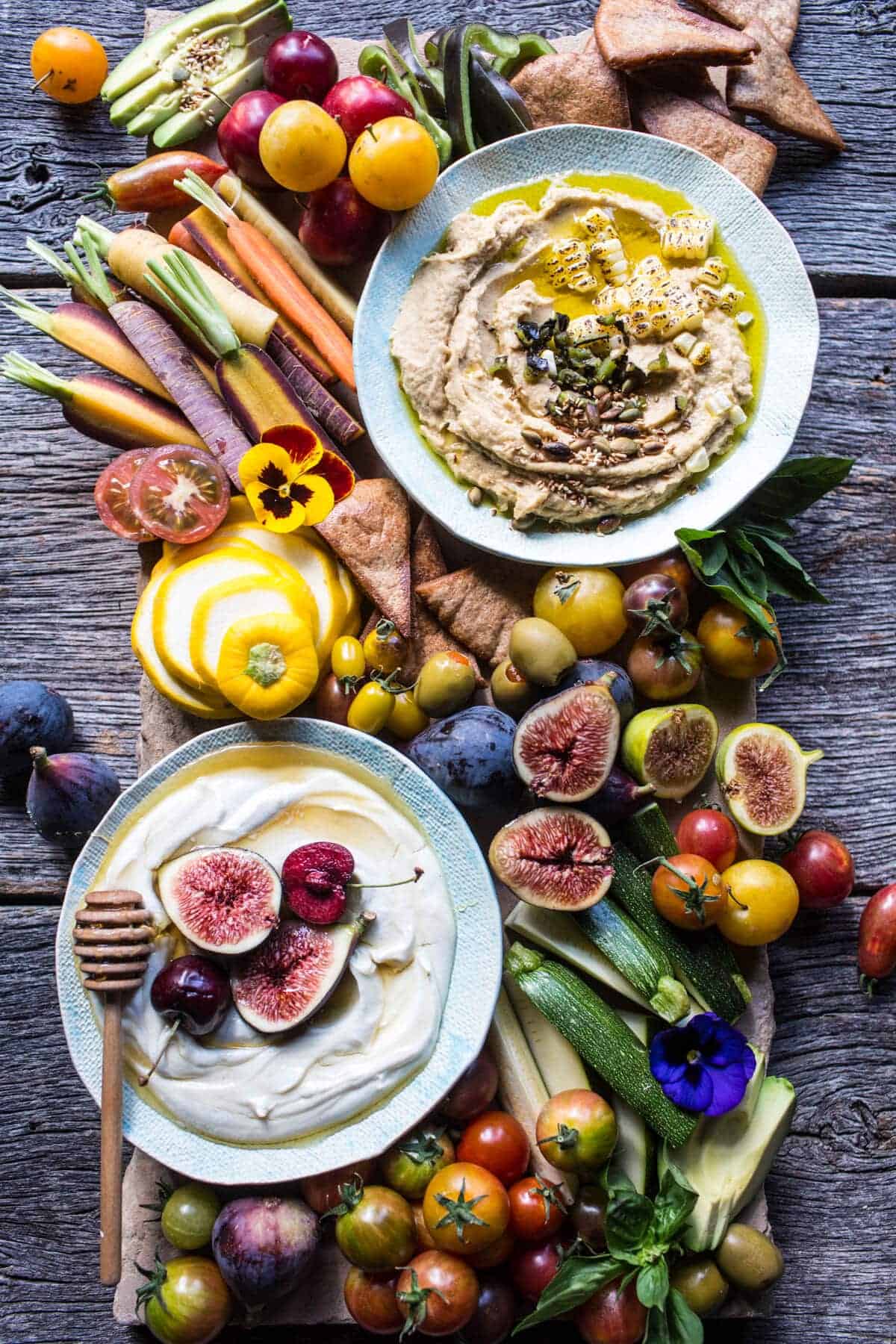
Recipes to Cook This Month
Okay, so it’s easy to know the right information, but it’s a whole different matter to actually put it into practice. So to give you a nudge, we’ve rounded up some of the tastiest recipes that use the prettiest fruits and veggies in season right now.
Scroll on, and we’d love to hear what seasonal recipes you’re cooking up this month.
How to buy strawberries
A fresh strawberry has a strong fragrant taste and vibrant color. Look for the berries that are firm to touch, medium-sized, and free of bruises.
What to cook with strawberries
Smoky Beet & Strawberry Salad With Gorgonzola
Why we love it: There’s nothing quite like this flavorful combination, it’s earthy, bright, and tangy—a total feast for the senses. It’s a restaurant-quality recipe we can’t get enough of.
Hero ingredient: Creamy goat cheese complements the rich flavors of this salad.
How to buy butternut squash
When it comes to finding what vegetables are in season in August, you might be surprised to see butternut squash on the list. Keep your eyes peeled for a squash that feels heavy for its size. You’ll want one with a fat neck and a small bulb since those yield the most meat.
What to cook with butternut squash
Roasted Butternut Squash Stuffed With Goat Cheese, Figs, and Pesto
Why we love it: Not only is this recipe out of this world tasty, but it’s perfect for those of us who detest the physical labor of having to peel and chop butternut squash. It’s as beautiful as it is delicious and easy to make.
Hero ingredient: Another August ingredient—figs!
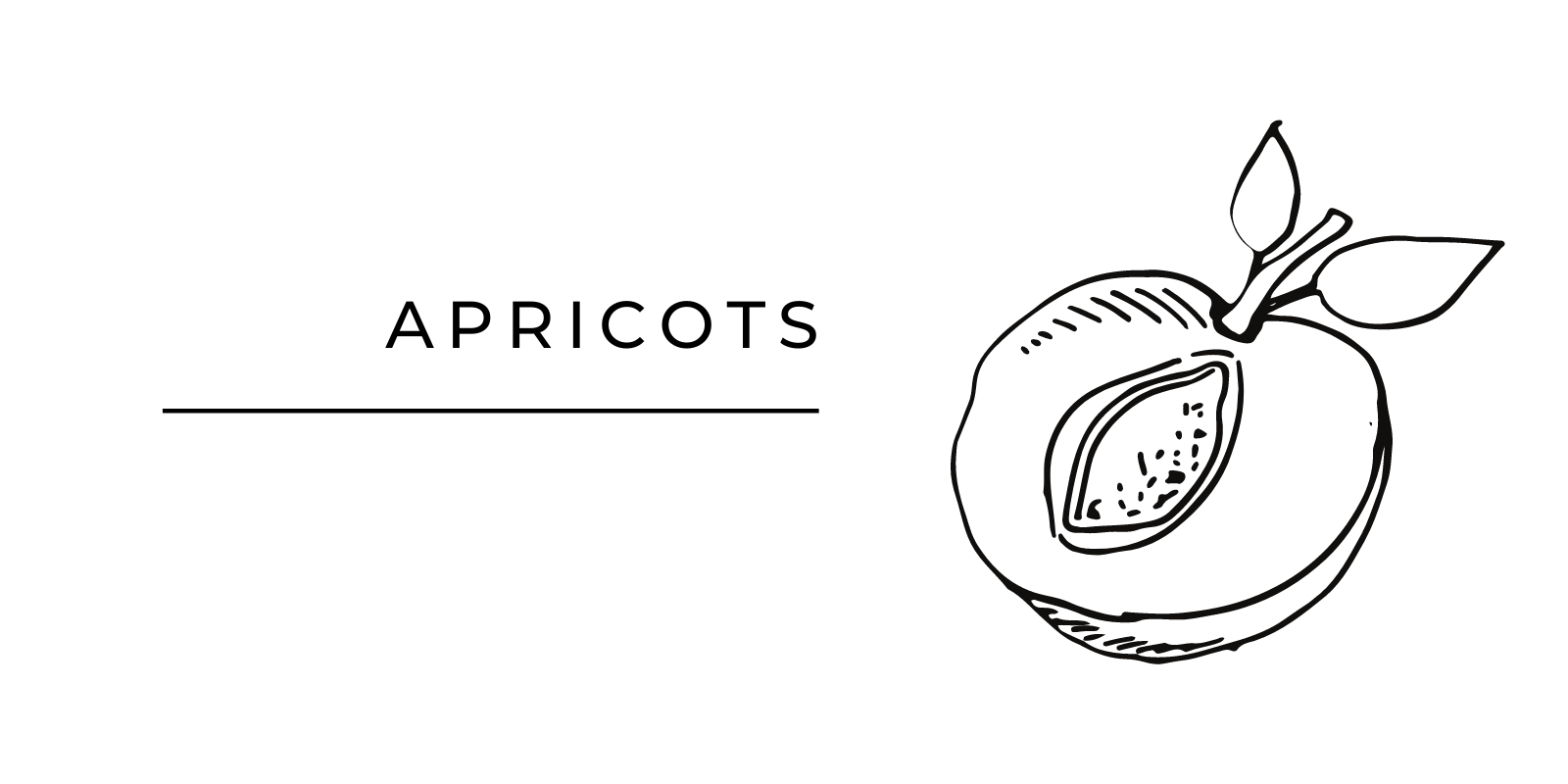
How to buy apricots
Ideally, we’d pick our apricots right off a tree. But in lieu of that, try to find plump, firm apricots with just a little softness to them. Avoid ones that are pale orange or yellow, they should have a deep orange-gold color.
What to cook with apricots
Honey Roasted Apricots + Vanilla Bean Mascarpone, Pistachios & Coconut
Why we love it: You won’t regret turning on your oven for these fresh, warm apricots. Once the sugars caramelize it creates a deep sweetness that is juxtaposed perfectly with creamy vanilla bean mascarpone. They are so simple and beautifully highlight the best of summer produce.
Hero ingredient: Pistachios and toasted coconut give this treat a delicious nutty crunch.

How to buy eggplant
Be on the lookout for eggplants with smooth, shiny skin. Test for ripeness by pressing a finger lightly against the skin—if it leaves an imprint, the eggplant is ripe. Smaller eggplants tend to be sweeter, less bitter, have thinner skin, and have fewer seeds.
What to cook with eggplant
Charred Caprese Eggplants
Why we love it: It’s the perfect alternative when you’re craving the delicious flavors of an eggplant parmesan but want to skip the carby filling. It also couldn’t be easier to make, just throw it on the grill and stuff with classic Caprese fillings.
Hero ingredient: Toasted pine nuts add a tasty bit of crunch.

How to buy mangoes
Surprisingly, color is not the best indicator of ripeness when it comes to picking a mango. You’ll want to gently squeeze the mango, and pick ones that have a slight give. They become softer as they ripen and sometimes have a fruity aroma at the stem.
What to cook with mangoes
Mango & Coconut Soba Noodle Salad
Why we love it: If you’re craving Thai flavors like lime, peanuts, and herbs, then check out this glorious soba noodle salad. You can grill up a steak and toss it into the salad or keep it veggie and light and top with a creamy avocado for a hint of richness.
Hero ingredient: Crunchy coconut takes this salad over the top.
How to buy watermelon
When it comes to picking the perfect watermelon, its coloring helps to indicate how ripe it is. Pick a melon with a strong, consistent pattern. The green stripes should be a deep, dark green, and the pale stripes a ceamy, light yellow. You should also give it a bit of a thump. Tap the watermelon—if you hear a deep, hollow sound, then it indicates that it’s juicy and ripe.
What to cook with watermelon
Watermelon Salad with Cucumber & Feta
Why we love it: It’s a refreshing, classic, ultra-summery salad that is perfect for those hot, long August evenings. The subtle taste of the cucumber and creaminess of the feta enhances the salad without overpowering these sweet, gentle flavors.
Hero ingredient: A shallot adds a bit of crunch, sharpness, and aroma.

How to buy figs
You’re going to want to give your figs a whiff. Ripe figs should smell fresh, not funky or fermented. Pick soft figs but avoid any squishy ones.
What to cook with figs
Fig & Burrata Salad
Why we love it: This salad is perfection on a plate, if you ask me! Creamy burrata and sweet, lovely figs make for a simple, yet incredibly refined dish. Fresh mint adds a bit of herby brightness and ties the whole thing together. I’ll be eating this one on repeat!
Hero ingredient: Candied nuts add a bit of crunchy sweetness that can’t be beaten.
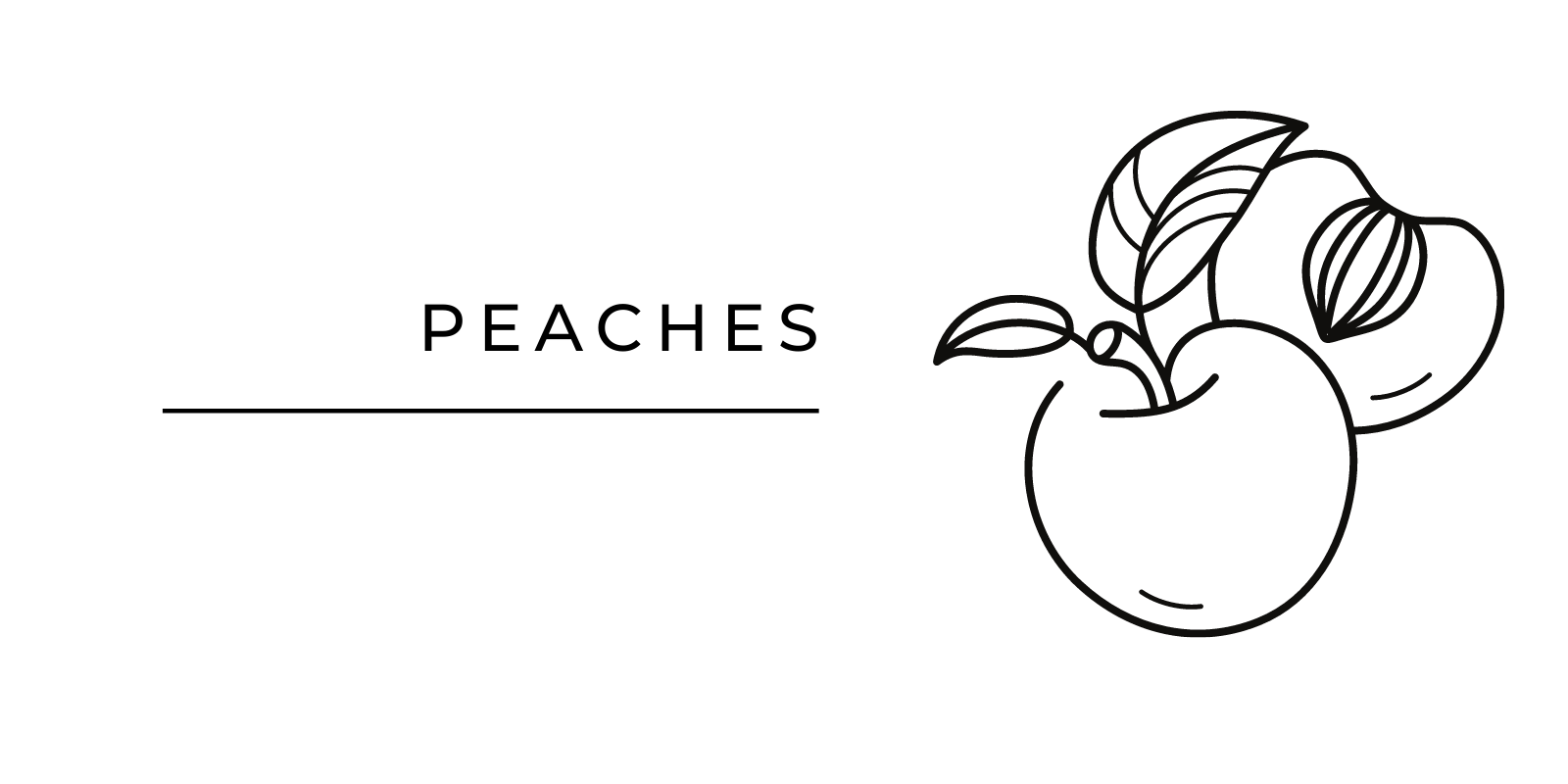
How to buy peaches
Give your peach a gentle squeeze, you’ll want to feel a bit of softness. Avoid peaches that are shriveled, and make sure to sniff it to ascertain that it has a pleasant, classically peachy scent.
What to cook with peaches
Honey-Grilled Peaches With Ice Cream
Why we love it: It doesn’t get much easier (or more scrumptious) than these honey-grilled peaches and cream. Camille recommends buying them on the firmer side so they hold their shape and don’t fall apart when they hit the hot grates.
Hero ingredient: Give your peaches a sprinkle of flaky sea salt to really elevate the whole dish.
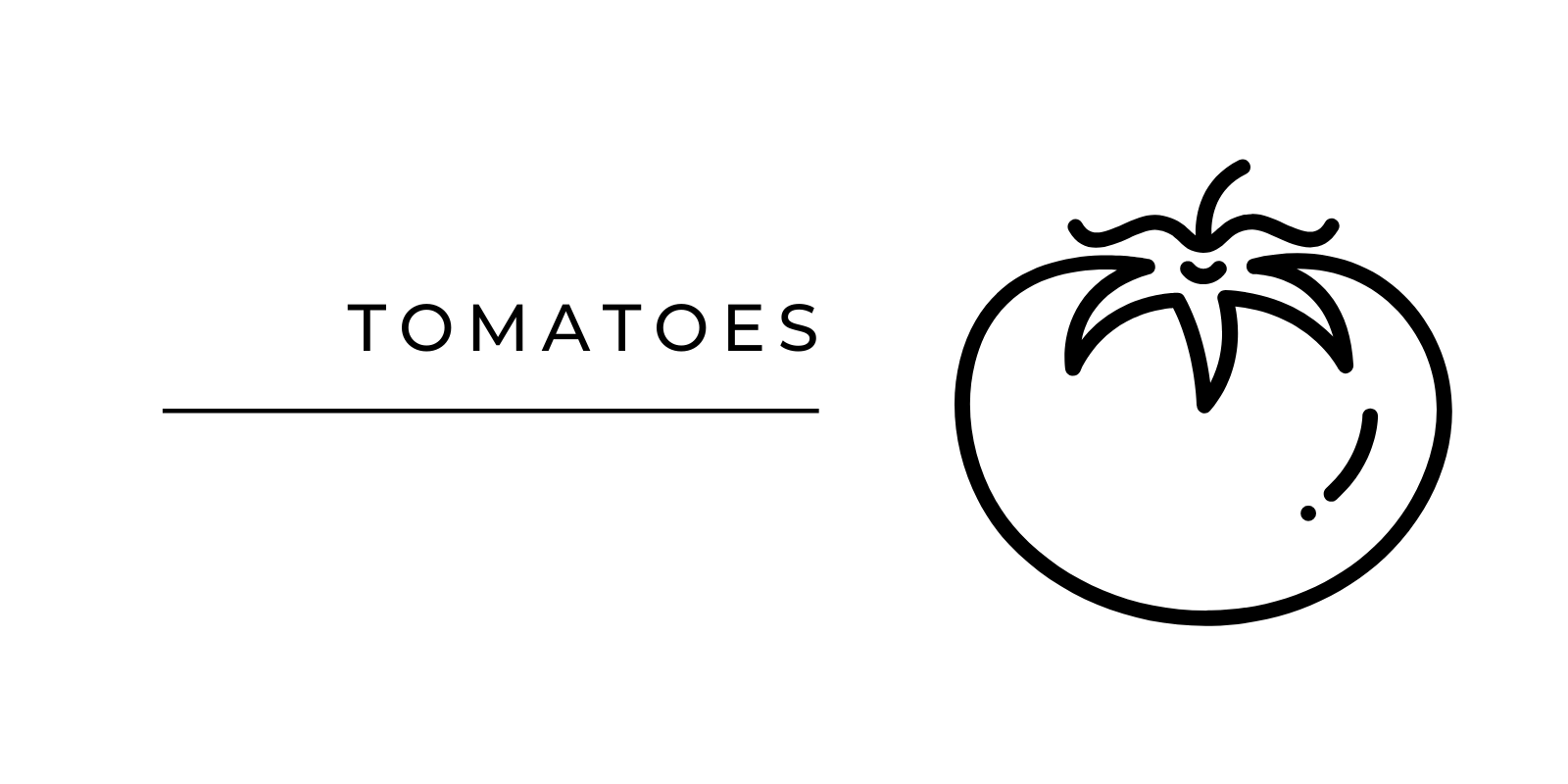
How to buy tomatoes
Look for a tomato that feels firm but with a slight give. It should be very aromatic near the stem and have a good hefty weight for its size. Make sure you avoid any tomatoes with blemishes, dark spots, or bruises.
What to cook with tomatoes
Heirloom Tomato Tart
Why we love it: It doesn’t get much better than this pitch-perfect tart. It has a base combo of cream cheese and goat cheese, so it’s ultra-creamy and tangy. It highlights the sweet, sunny quality of the tomatoes beautifully, and makes for a delicious summer dish.
Hero ingredient: Everything Bagel seasoning gives it a little special something.

How to buy zucchini
Keep a watch for small, firm zucchini with bright green skin. The smaller the better since zucchini gets bitter as they grow larger.
What to cook with zucchini
Lemony Pasta Carbonara With Peas & Zucchini
Why we love it: If you’re a carbonara lover, then you’ll definitely want to try this twist on the classic pasta dish. It’s a creamy dream that is packed full of veggies, texture, and flavor.
Hero ingredient: Frozen peas are Camille’s favorite shortcut veggie for pasta, they add color, nutrients, and kids love them.
How to buy blueberries
Assess your blueberries to ensure they’re even in size, smooth, dry, plump, and firm. A reddish tint could mean they aren’t fully ripe, so make sure they’re a deep purple or nearly black shade.
What to cook with blueberries
Coconut, Banana & Blueberry Baked Oatmeal
Why we love it: There’s no better way to start off the morning than with some delicious oatmeal, and this baked reicpe is easy, healthy, and delicious. It’s basically a cross between bread pudding and banana bread—ideal!
Hero ingredient: Seeds and nuts help to give you tons of energy to power through the morning.

